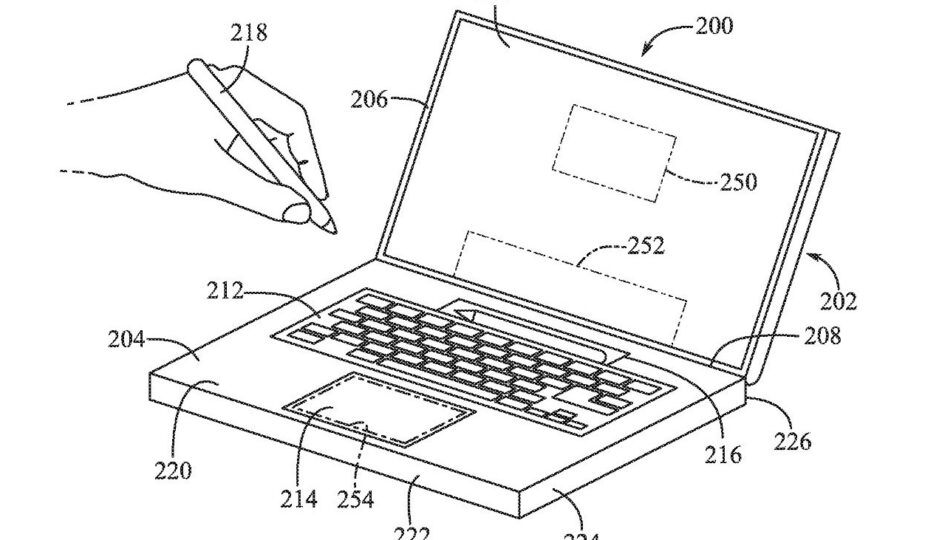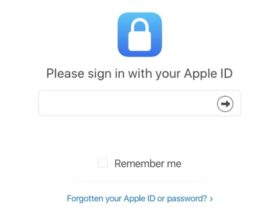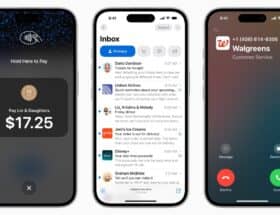The patent doesn't seem to rule out Macs with touch screen, but it is focused on a strip similar to the Touch Bar
 17 Facebook x.com Reddit
17 Facebook x.com Reddit
Apple continues to explore how to make the iPad-centric Apple Pencil do the job of the old Touch Bar on the surface of the upcoming MacBook Pro.
This is just a patent application, and one of them may not only not be granted, but may never lead to an actual product if that is the case. Except that this patent application, unveiled on May 9, 2024, is an expansion of a series of previous ones – — including those that were actually provided.
So this isn't some dirty project created by a few people at Apple, it's a project that has at least been in constant development. Slightly hidden under the boring title of “Mountable Computer Typing Tool,” it's actually about how you can use the Apple Pencil with your MacBook Pro.
This sounds like it clearly means it can be used for drawing and writing on the MacBook Pro screen. But perhaps, given Steve Jobs' famous criticism that “you have to take it, put it away, lose it, ugh,” it's more about storing the Apple Pencil.
It's likely that Apple is only thinking about the MacBook Pro for very neat people, since, like previous versions of the patent application, this new one says that people will have a separate device for drawing.
“[Some] computing devices, such as laptop computers, may have a touchscreen located on or near the device's keyboard, which can be configured to provide many more functions than a set of traditional keys,” – patent begins.
However, in some cases, using the secondary touch screen may be difficult,” he continues. “Touch typists may not like using a touchscreen because it lacks tactile feedback compared to a set of mechanical moving keys.”
Specifically, they're using the Pencil, at least roughly in the area where Apple used to include the Touch Bar.
“The touch screen is also typically positioned near the user's hands and can therefore be obscured from the user's view by the user's own hands,” the patent states. “Additionally, even when the user is looking at the touchscreen, it is positioned at a different focal length from the user compared to the main display, so the user must realign their head or eyes to effectively read and interact with the touchscreen. ..”
It's surprising that Apple ever bothered with the Touch Bar. However, the company wants to do something with this space, and that is ongoing. The panel can be replaced with a touch panel.
“A touchpad may include a touch surface that, in response to detecting a touch event, generates a signal that can be processed and used by other components of the electronic device,” Apple continues. “The display component of the electronic device may display text and/or graphic display elements representing selectable virtual buttons or icons, and the touch surface may allow the user to navigate and change content displayed on the display screen.”
None of this seems to correct Apple's criticism of the Touch Bar. The user will have to stop typing, find a pencil to take it from the holder, and then write or tap it on the touch strip.
The stylus may be more natural than the Touch Bar
But it's more natural than the Touch Bar. While this stops the user from typing, it feels more natural to look away from the screen to find the pencil.
And instead of trying to remember a control that is a small spot on the touchpad — which also moves — then picking up a pencil will be much easier.
Fragment from the patent showing how to slide your finger along the body of the Apple Pencil
But there is something else. Several patent drawings show the user pressing, touching, or swiping the pencil.
The Apple Pencil will be able to display Touchpad-like controls while it's in the holder.
This patent application, like its previous issued versions, is owned by Paul X. Wang, Dinesh K. Mathew and John S. Camp. Wang is listed on many of Apple's previous patents, including on user input devices.
Follow AppleInsider on Google News.










